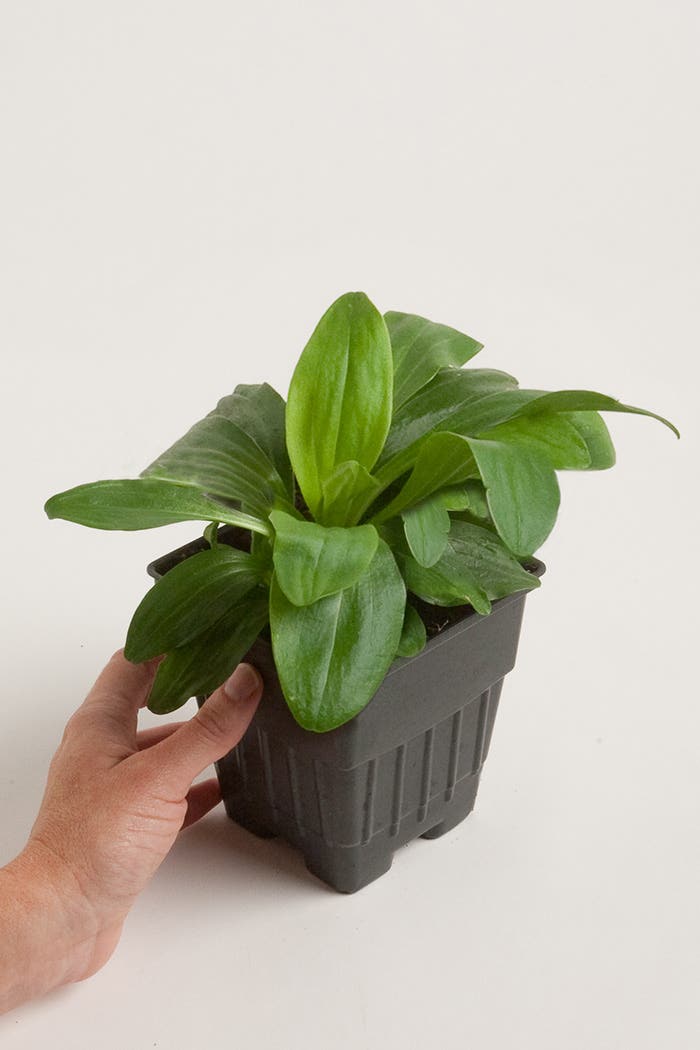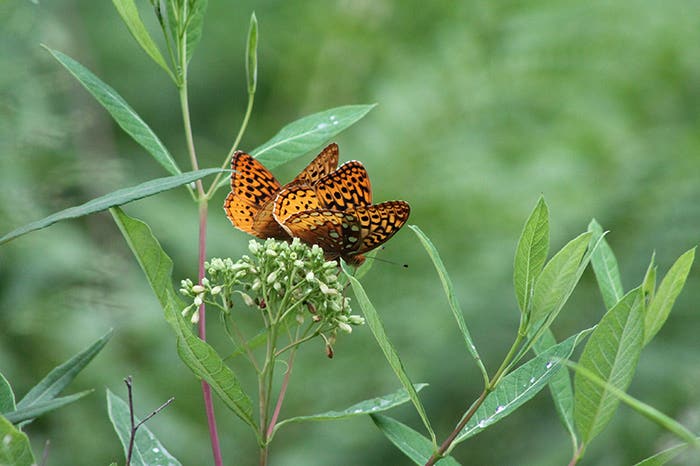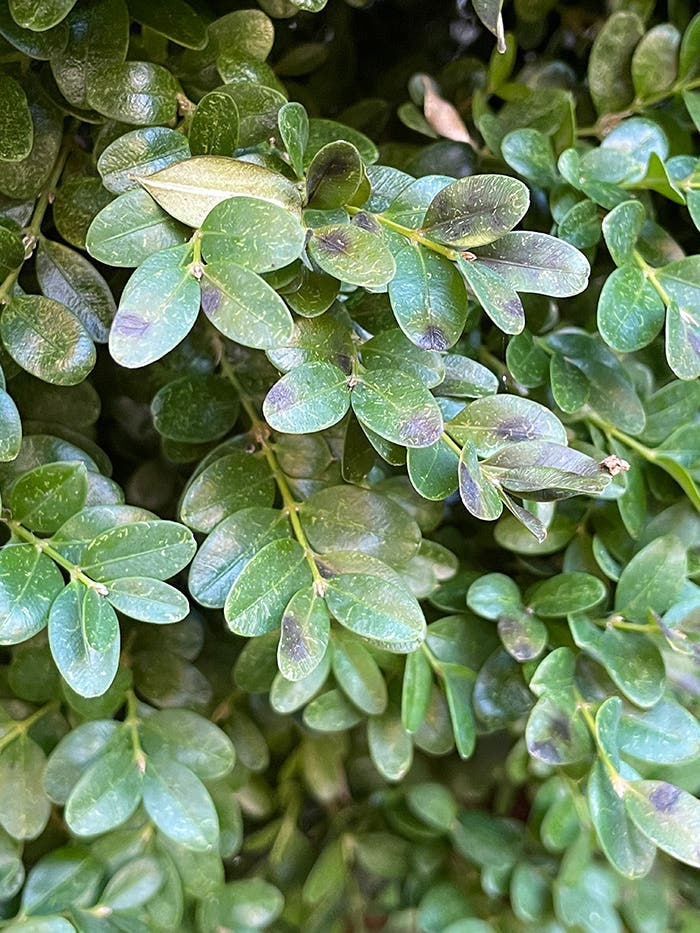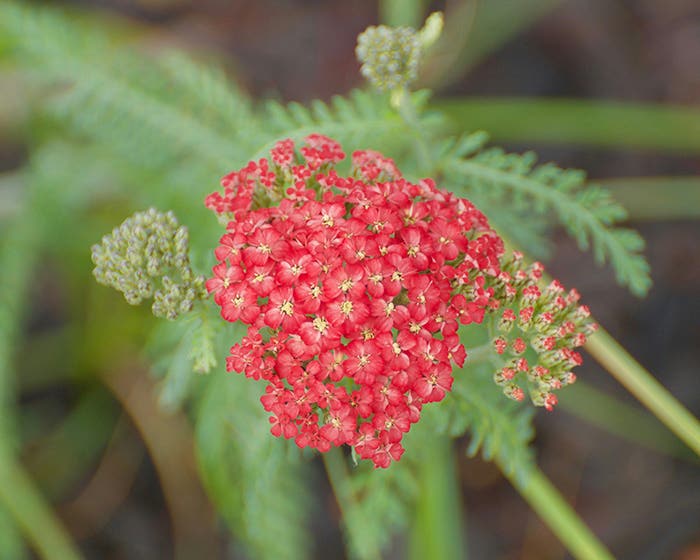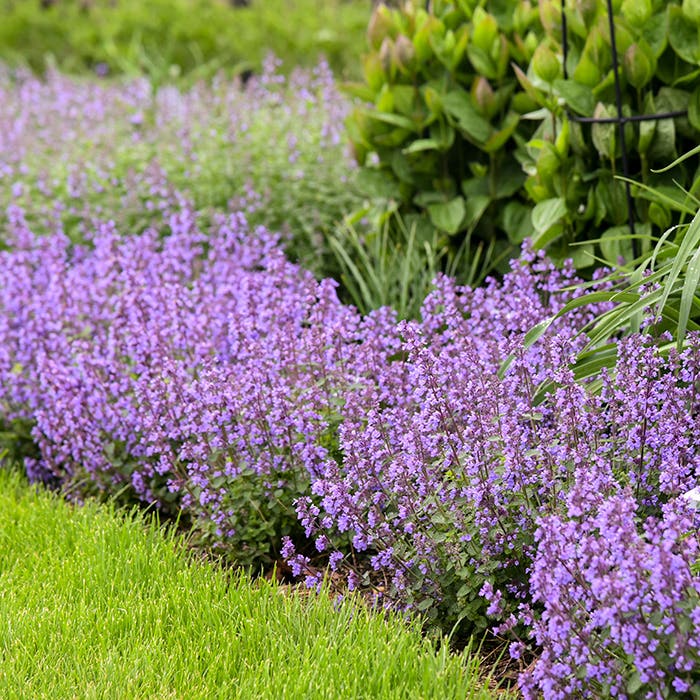Growing Water Lilies
After seeing the Monet’s Gardens at Giverny exhibit at The New York Botanical Garden, I was inspired to learn more about growing water lilies. I have a pond on my…
After seeing the Monet's Gardens at Giverny exhibit at The New York Botanical Garden, I was inspired to learn more about growing water lilies. I have a pond on my property with nothing growing in it except algae. I heard that water lilies, with their pads, will shield algae from the sun and slow their growth. I spoke with Sandra and Victor Plawski of Springtime Nursery in Colorado, professional growers of water lilies and other water plants for over 20 years. Here are some basics I learned from Sandra about growing water lilies.
Selecting Tropical vs. Cold Hardy Water Lilies
Tropicals come in vibrant colors, including blues and purples and are showier than their hardy counterparts, but they will not survive winters in cold climates. If you live in a cold climate and you want to grow tropical water lilies, then treat them as annuals and don’t expect them to live more than one growing season. I also spoke with Penn Davis of San Marcos Growers in Santa Barbara, Calif., who told me you can try to keep Tropicals alive by putting them in a heated tub of water over the winter or in damp sand, but even then there are no guarantees they will survive the winter. Most people I know would not bother.
Over the years, water lily hybridizers have continued to try to produce, with success, more colorful varieties in the hardy group.
Planting Water Lilies
Plant your water lilies in a wide-mouthed, squat pot with regular garden soil and sink it in your pond. Aquatic pots have no drainage holes. (A pot with holes is an invitation to fish to nibble on roots.) Get a large enough pot so that your plant doesn’t need to be re-potted for a few years.
Water lilies like ‘muck’ and they do better in regular garden soil than in other types of growing medium often promoted by others, such as ‘aquatic soil’, kitty litter or pea stones. Sandra’s company did a test using all four media, and the plain garden soil proved the best. See the results here.
The best depth for water lilies is 18-24 inches from the top of the container to the surface of the water. When introducing a new lily into the pond, if the water temperature is not at least 65 degrees, try placing the plant closer to the surface of the water (leaving only about 6-12 inches above the top of the container).
If your pond has an earthen bottom you don’t have to put the plants in a pot, you can let them root right in the bottom of the pond. If you’re worried the plant will take over the pond, select an upright rhizome variety because uprights stay compact and bushy. However, even with an earth bottom, pond planting in containers does give you more control and makes it easier to do maintenance such as dividing and feeding.
What to do in Winter
Hardy plants prefer to stay in the pond over the winter, as long as the roots are below the freeze line. In colder climates ice can get to 12 inches thick or so. Most ponds are deeper than that. If necessary, move the plant to a deeper part of your pond for the winter.
Where to Plant Your Water Lilies
According to Sandra, Water lilies don’t need a fancy pond with aeration filters. A water tight container or half whiskey barrel can make a nice home for a single plant, and it’s a good way to experiment in a controlled environment. Sandra recommends Perry's Baby Red lily as an ideal variety for a small space.
Caring for Water Lilies
Water lilies are rhyzomatic plants, growing either horizontally (like iris) or upright. They can be propagated by dividing periodically—after dividing, your plant may slow down for a season before it gets its strength back. They also benefit from feeding. Sandra recommends a slow release tablet for water lilies (12-17-17). In early spring when the plant is beginning to show some signs of life, push a tablet into the soil about ¾ of the way down. You will most likely have to pull the container out of the water to feed it, or get into the water yourself.
If your water lily looks sickly or fails to bloom, it is probably due to one or a combination of three things: the water is not warm enough (should be at least 80°), the plant is not getting enough sun or your plant wants to be fed. When all conditions are met, flower buds and pads will start emerging right away.
________________________________________________________________
Dorian Winslow is the president of Womanswork, and is passionate about making the best products on the market for women who garden and work outdoors.
Horticulture publishes the free weekly e-newsletter, "Smart Gardening Tips," and "The Curious Gardener," a free monthly e-newsletter with more tips and articles by Dorian. Subscribe to our e-newsletters.


